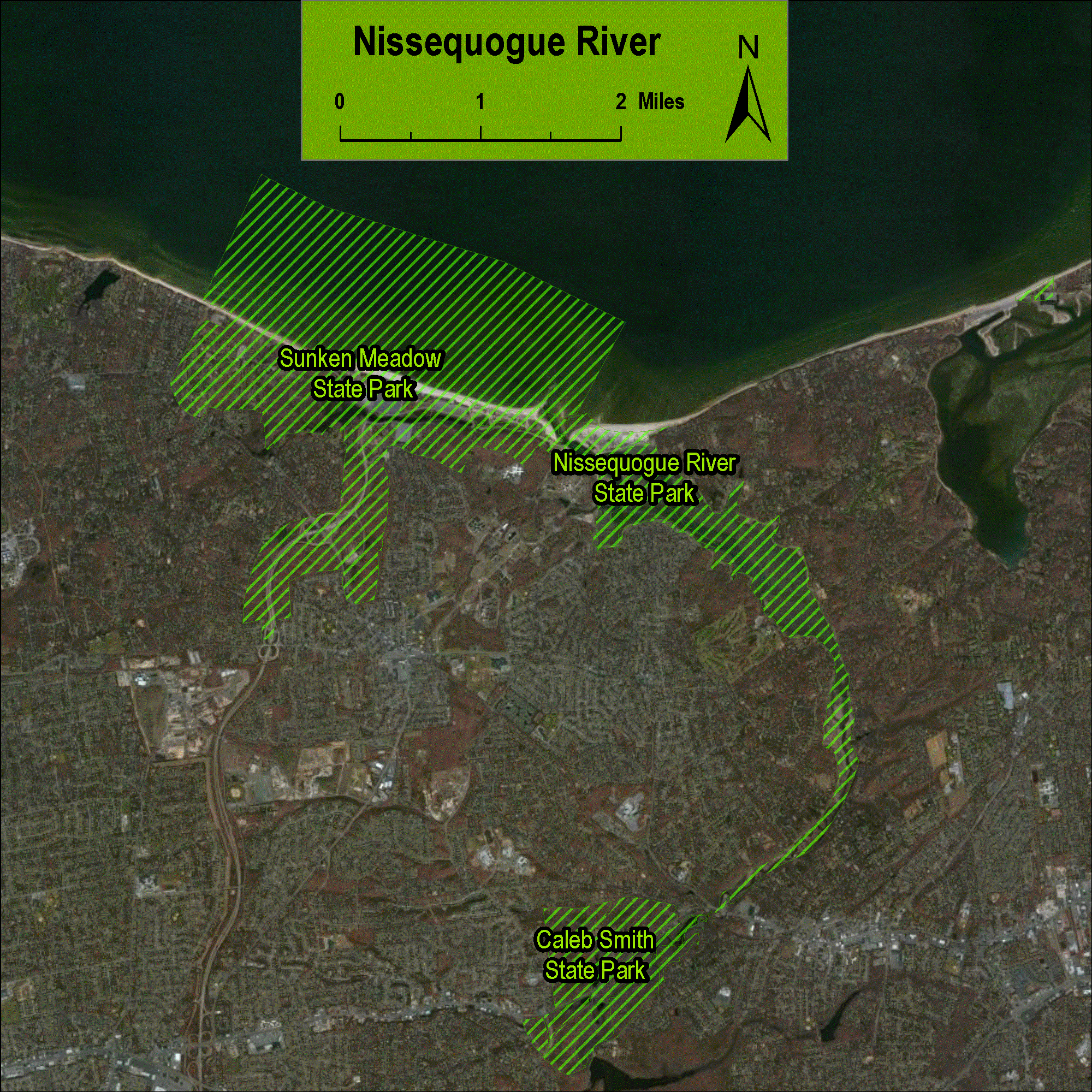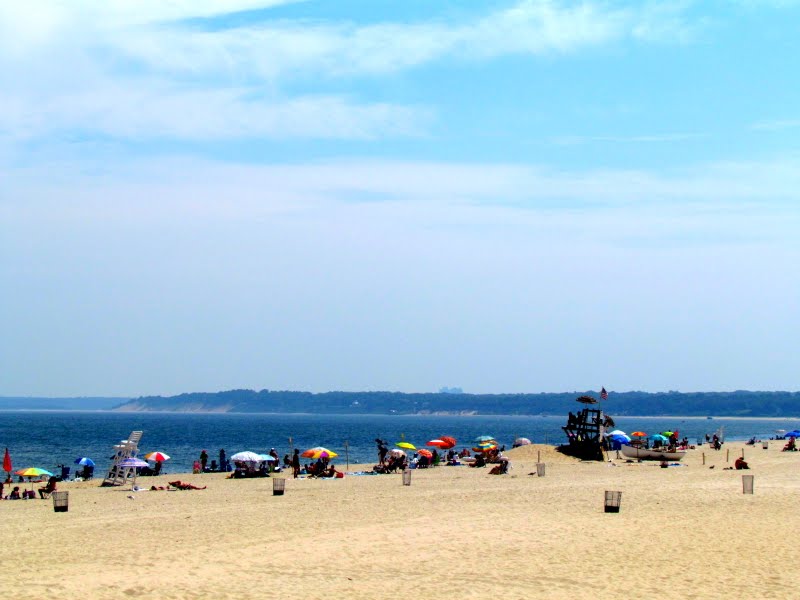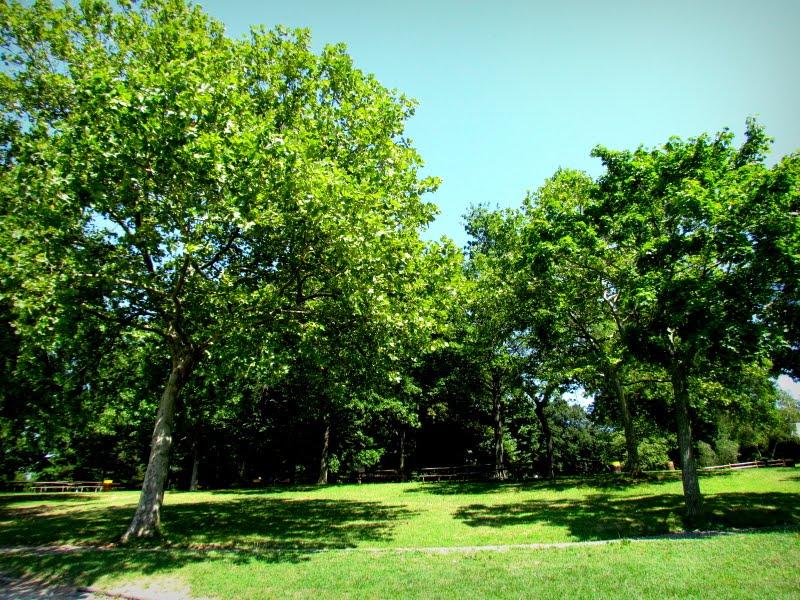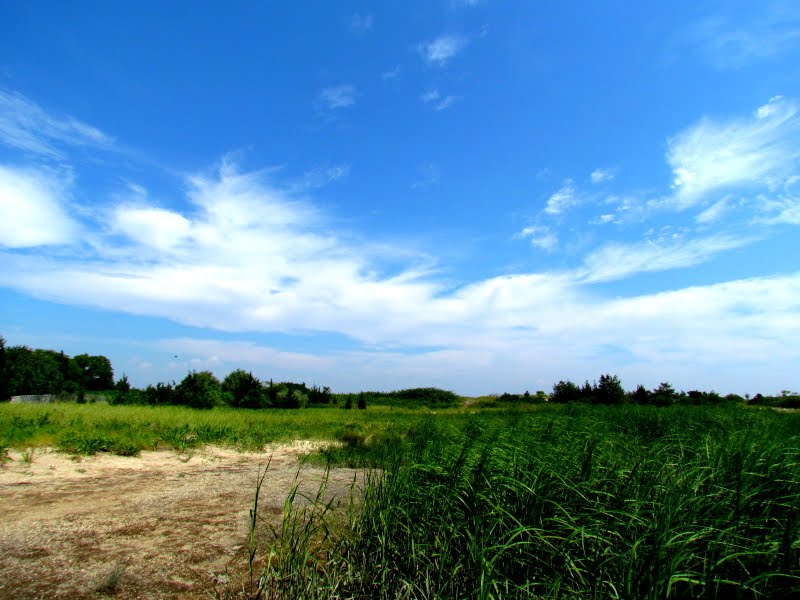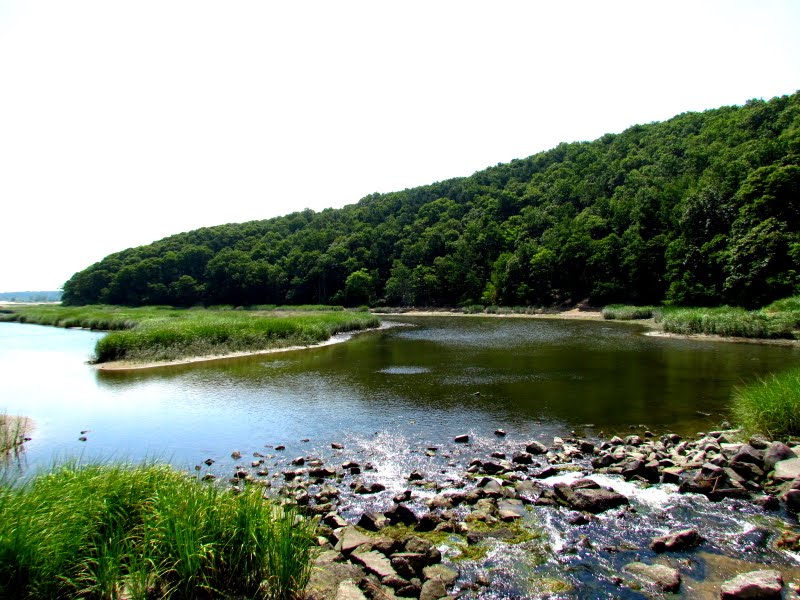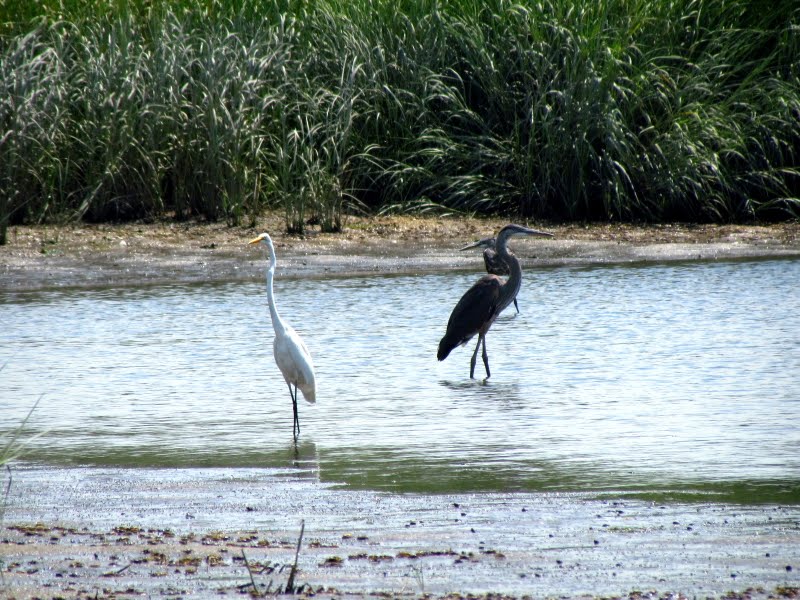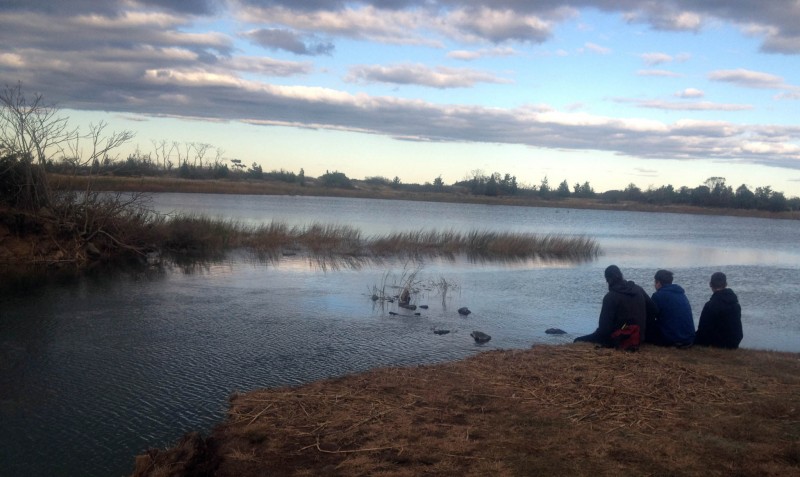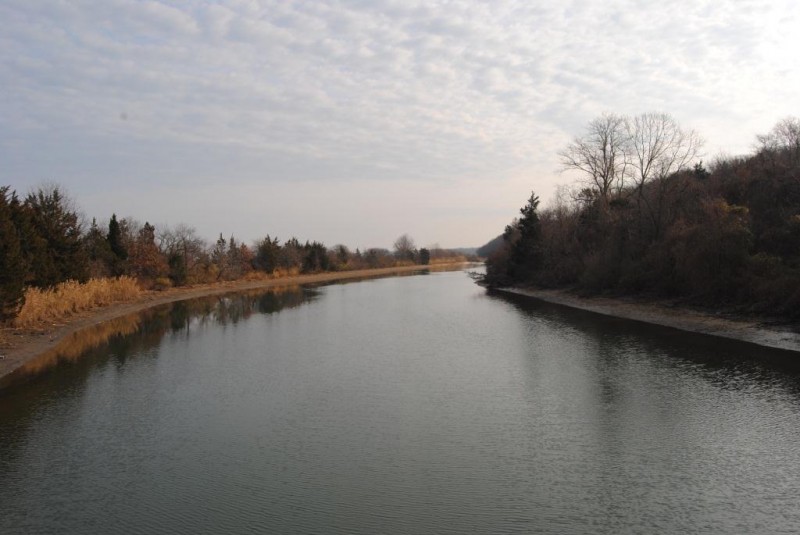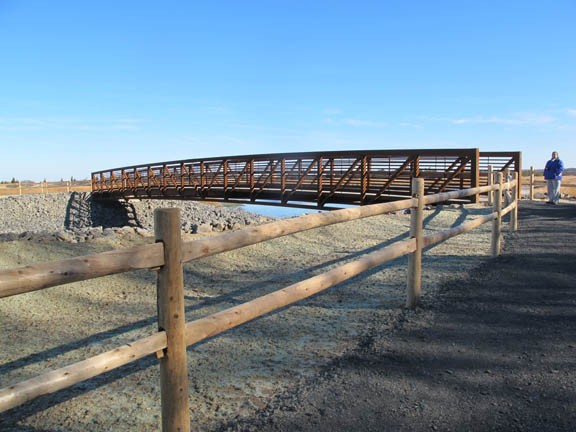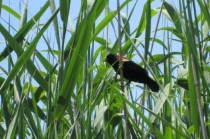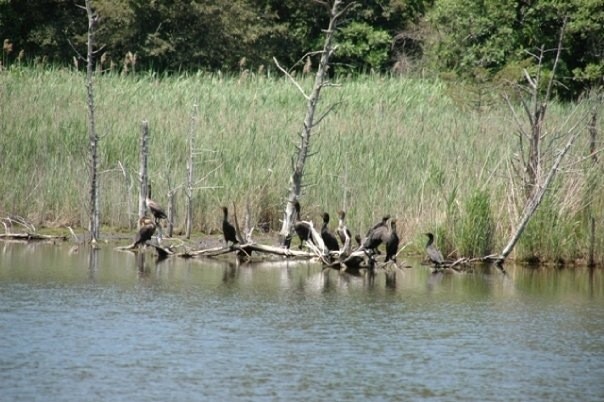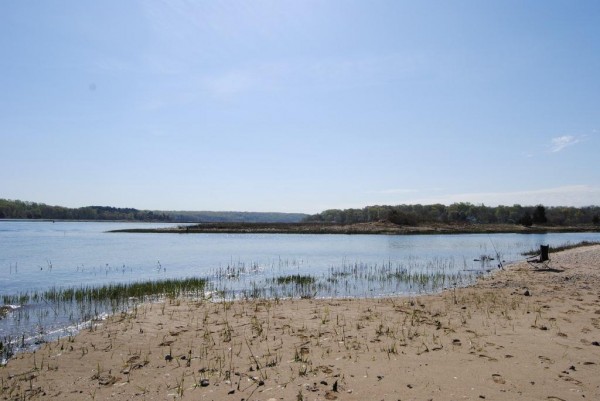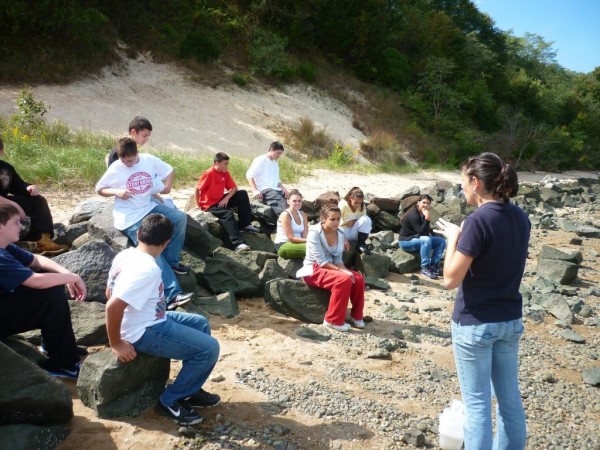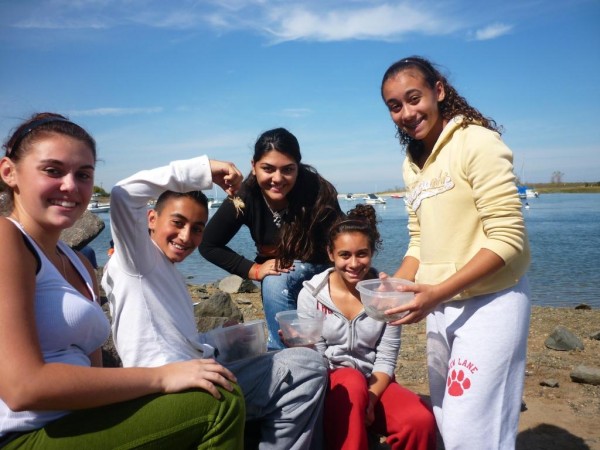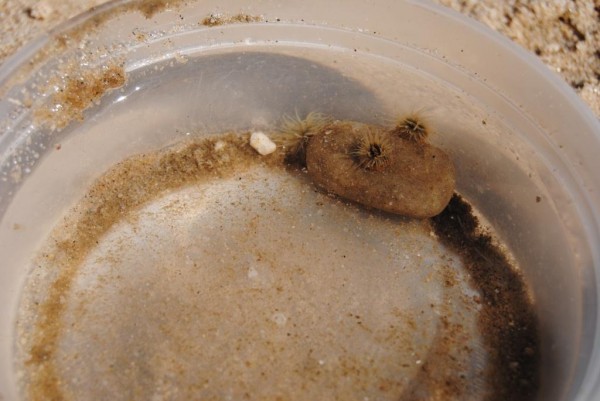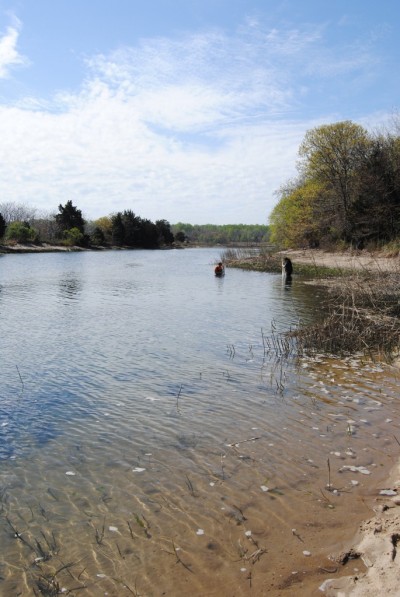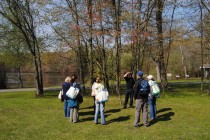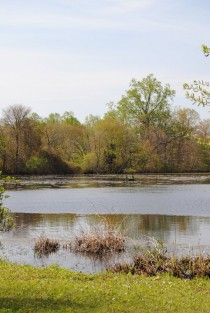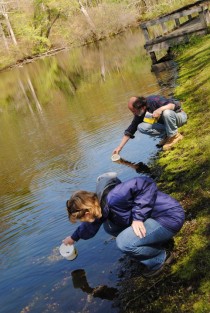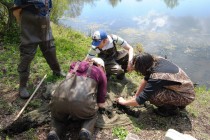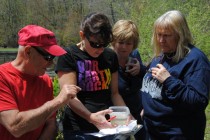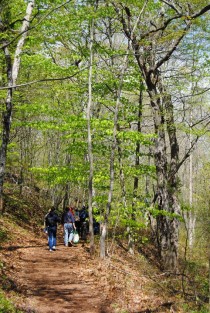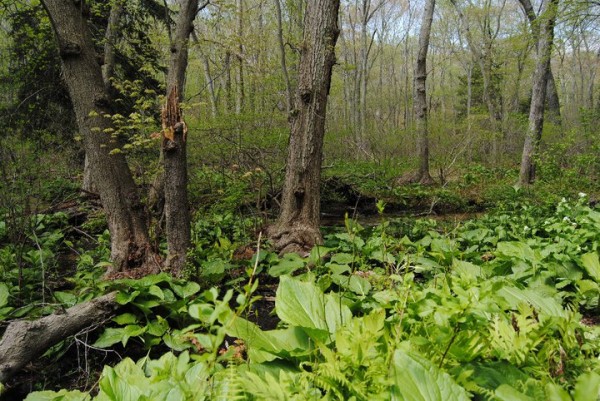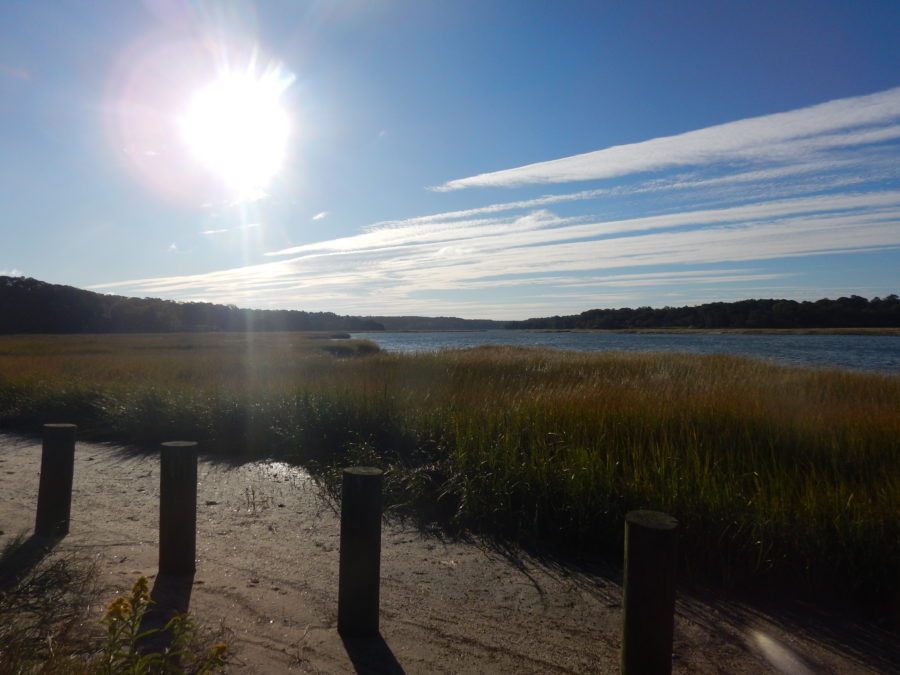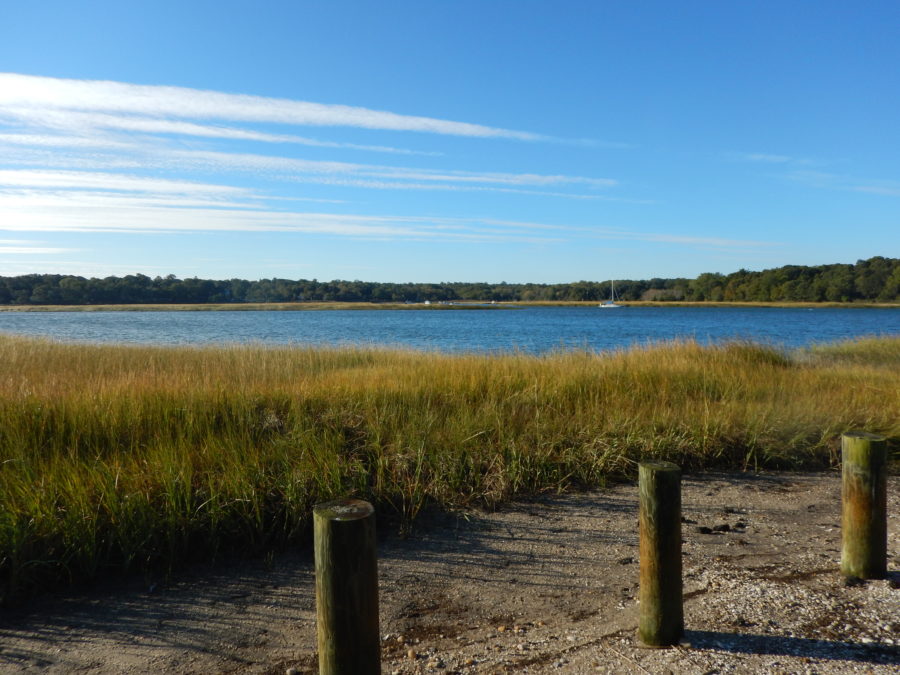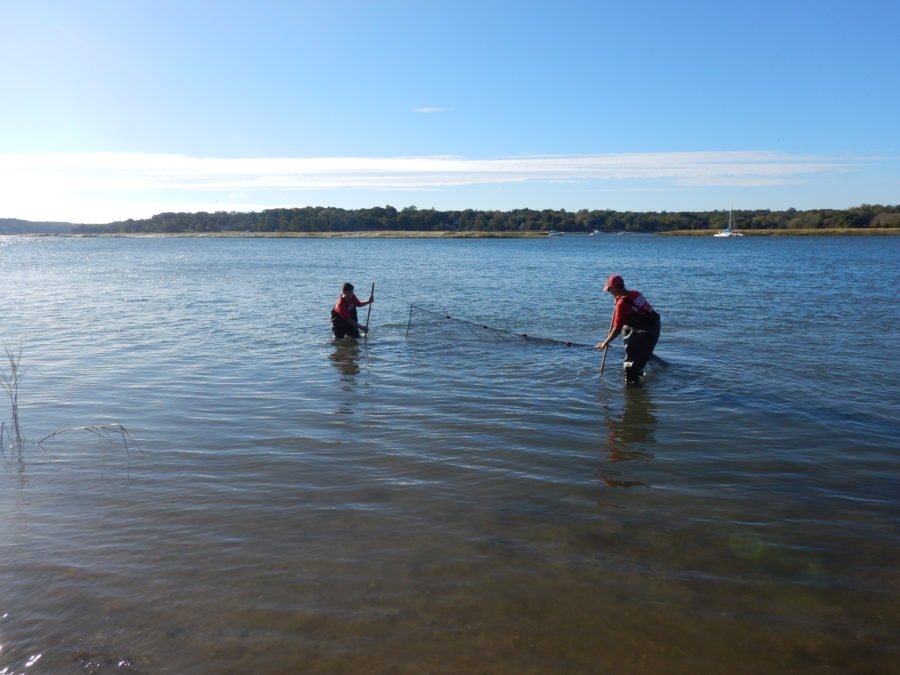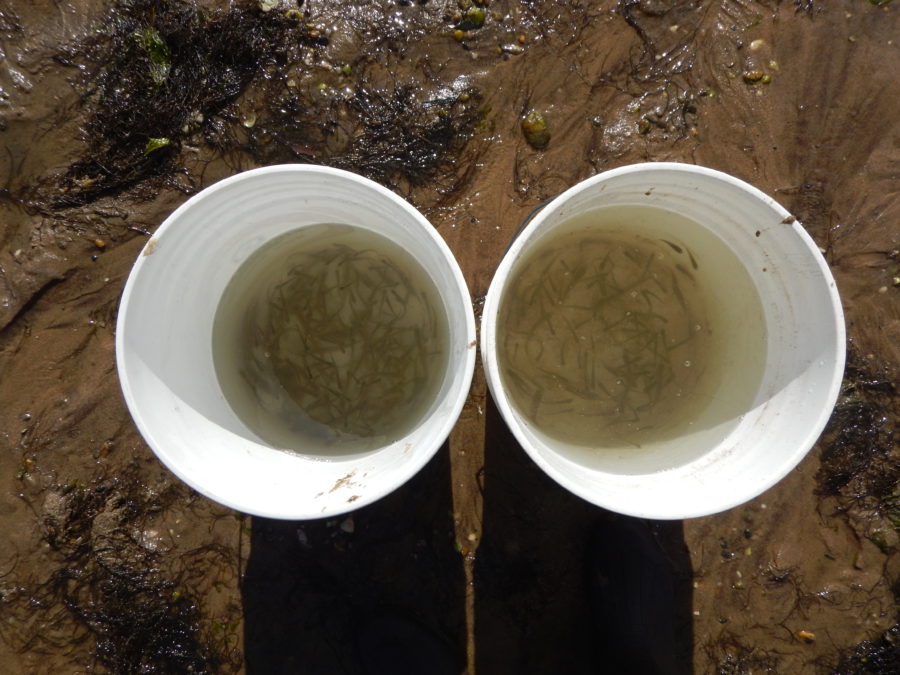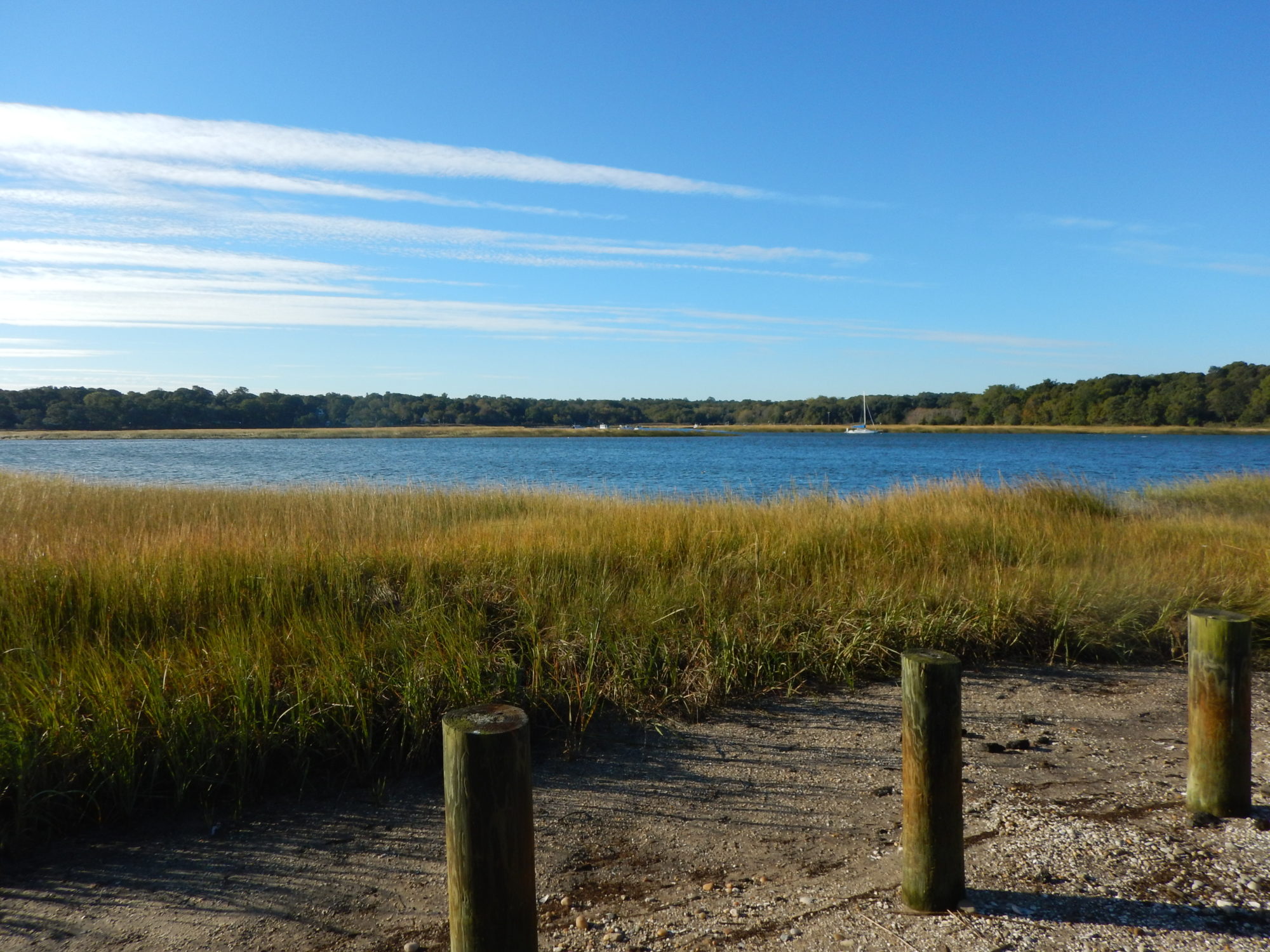Return to Main Stewardship Atlas Page
Nissequogue River
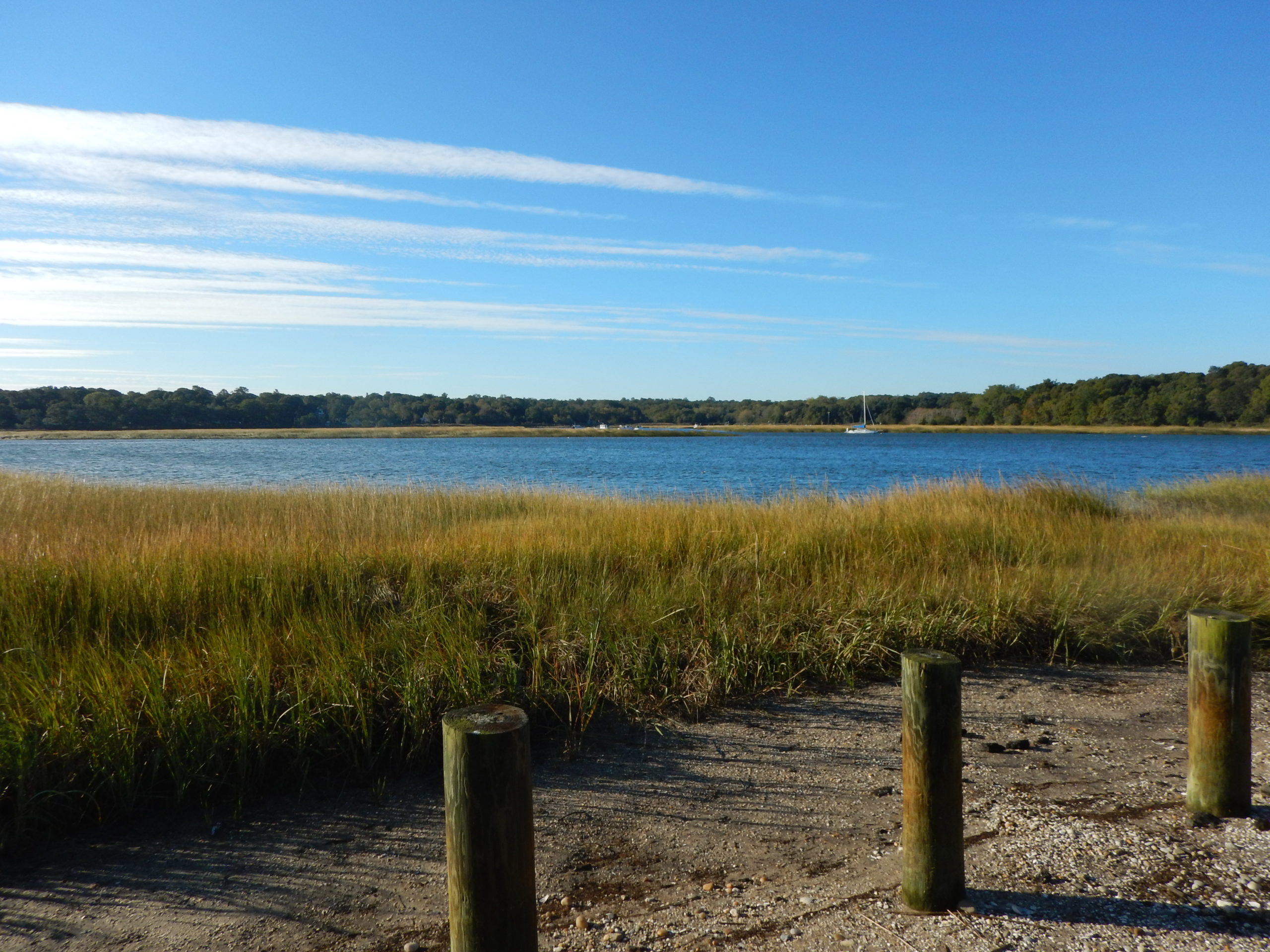
Location
Kings Park, NY
Anchor Site(s)
Nissequogue River, Caleb Smith, and Sunken Meadow State Parks
About the Site
The Nissequogue River is home to one of the largest coastal wetlands on the North Shore of Long Island. The Stewardship Area is comprised of Caleb Smith State Park, Nissequogue River State Park, and Sunken Meadow State Park, all of which are part of the Nissequogue River watershed. The river runs for nine miles from the freshwater Hauppauge Springs to Smithtown Bay in Long Island Sound. Comprised of open meadows, wooded hillsides, tidal mudflats, bluffs, and both salt and freshwater marshes, this area supports habitat which sustains a wide variety of flora and fauna. The Nissequogue River, the largest tributary to the Sound in New York, has been designated as a “Scenic and Recreational River” by the New York State Department of Environmental Conservation. This Stewardship Area is also designated as “Significant Coastal Fish and Wildlife Habitat” by US Fish and Wildlife Service. Caleb Smith State Park is one of only two state nature preserves on Long Island, acting as a passive use park for visitors to enjoy peace and quiet while still protecting local plant and wildlife populations. The Nissequogue River watershed is an environmental asset to Long Island, and also provides great recreational opportunities for both the sea-fairing and land-dwelling alike.
Watch the video to learn how SuperStorm Sandy helped to create new saltwater habitat at Sunken Meadow State Park.
- Nissequogue River is a riverine habitat and is the only major river on Long Island that drains into Long Island Sound.
- This Stewardship Area has been designated as an Important Bird Area (IBA) by the National Audubon Society for the presence of piping plovers, common terns, and least terns.
- The three state parks which make up this Stewardship Area have diverse habitats such as intertidal mudflats, brackish tidal wetlands, freshwater wetlands, bluffs, a rare red maple black gum swamp, and coastal forest.
- Caleb Smith State Park contains one of only two state nature preserves on Long Island.
- During the spring season, alewife use the Nissequogue River and Sunken Meadow Creek as spawning areas.
- Enjoy an area designated as Scenic and Recreational by NYSDEC for its scenic, ecological, recreational, historic and scientific values.
- Stretch your legs on miles of nature trails; go for a swim and catch some sun on three miles of beachfront with life-guarded swimming areas; picnic in a shaded area of the park; play golf; or play on the recreational fields at Sunken Meadow State Park.
- Go for a hike and bring your binoculars to sight a variety of birds; explore the Nature Museum, which exhibits local wildlife and the historic background; fly fish along the Nissequogue River from Spring to Autumn; and cross country ski during the winter at Caleb Smith State Park Preserve.
- Launch a kayak or canoe from one of two marinas within the park; explore more of the Greenbelt Trail which runs through the park, leading to Sunken Meadow State Park; and enjoy the special events that take place at Nissequogue River State Park.
- Visit Short Beach, and along with the beautiful scenery utilize their various amenities such as a pavilion, picnic area, fire places, playgrounds and more.
- Nissequogue River Stewardship Action Plan
The Nissequogue River Stewardship Action Plan seeks to protect the ecological and recreational value of the diverse habitat in the Nissequogue River watershed. - Long Island Greenbelt Trail Conference
Learn more about the Long Island Greenbelt Trail, a 34-mile trail running from the north to the south shore of Long Island. The Long Island Greenbelt Trail Conference is a non-profit organization that has created over 200 miles of hiking paths on Long Island. - Friends of Caleb Smith Preserve
The Friends of Caleb Smith Preserve (FCSP) is a non-profit organization with the mission to protect, restore and enhance the uses and appreciation of Caleb Smith State Park. - Nissequogue River State Park Foundation
This non-profit organization works to protect and preserve the park’s historical and environmental assets for present and future generations. Check out their calendar for upcoming events.
- Sweetbriar Nature Center is a non-profit corporation that provides natural science education services for Long Island residents of all ages in an effort to engage in native wildlife rehabilitation services. Sweetbriar Nature Center is comprised of gardens, woodland, field, and wetland habitat located on 54 acres of the Nissequogue River watershed.
- Kings Park Bluff Town Park provides boating ramps and a pier to fish from, as well as a beautiful stretch of beach along the North Shore of Long Island in Kings Park.
- David Weld Sanctuary is a wonderful place for birders, geology buffs, and wildflower-lovers to hike and explore nature. There’s just enough elevation change to make the trails interesting but not too daunting for little legs and family nature excursions. The 3-mile trail at David Weld Sanctuary is open for hiking and observation from dawn to dusk.
- Western Suffolk BOCES & SCOPE has Outdoor Learning Laboratories at both Sunken Meadow and Caleb Smith State Parks and offers hands-on Outdoor Environmental Education Programs (OEEP).
- Be cautious when exploring trails, as poison ivy is native to the area.
- Click here to check for beach closures in Suffolk County.
- Jeffrey Mason, Sunken Meadow State Park Manager. Site visit and interview in 2012.
- Sean Cruickshank, Nissequogue River State Park Manager. Site visit and interview in 2012.
- The Office of Parks, Recreation and Historic Preservation Long Island Region. Sunken Meadow State Park Master Plan. 2011.
